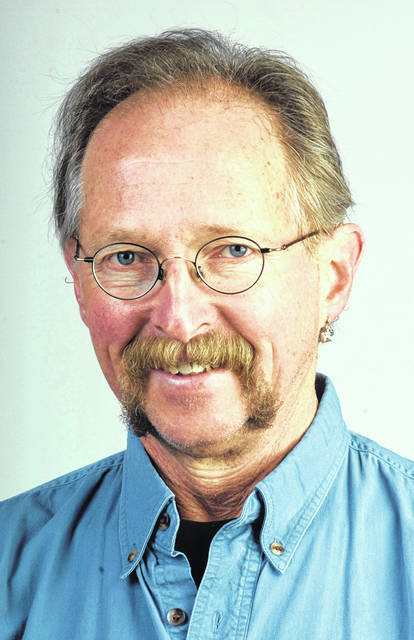It’s Sunday night, and I’m watching for the first time the movie “Monte Walsh” starring Tom Selleck in the title role. The storyline is about cowboys in the late 1890s working cattle and horses on the vast landscape of the Wyoming Territory.
Like most Westerns, the story has elements of grit and grime, hard work and fun, loyalty to the ranch owner and cowboys that take a wrong turn and become criminals. And love. Love for a woman and for the job cowboys do and the land on which they round up stray cattle and corral wild horses.
In this Western, the demise of the need for cowboys comes on the heels of a large eastern corporation buying up and fencing the open range, forcing the cowboys to look for other forms of employment, like running a hardware store. For Monte Walsh, life beyond what he knows is unfathomable.
The movie caught me with its sweeping landscapes — open range, mountain backdrops, big skies and the beautiful music that helps color the movie. I’ve since watched the flick twice and have not lost interest in it.
I’ve been watching Westerns since my family came by a refurbished black and white television in the late 1950s. There was a steady diet of those programs: “Gunsmoke,” “Tales of Wells Fargo” and so on. James Arness, Gene Autry and Roy Rogers were among the leading men playing the good guys who were often scrapping with questionable characters engaged in nefarious behavior.
As a 10-year-old, I didn’t look at those shows with a critical eye, taking notice of how indigenous cultures were portrayed or the floral and faunal makeup of the land. It was pure entertainment.
Today I look at the Western genre through different lenses: as a curious individual, artist and naturalist, and as someone who enjoys being in the West, where the senses run wild and my heart is spoken to.
As an artist, I’m looking at elements that are critical to good visual presentation: sidelight or backlight, shadow, color, black and white, a horse’s mane in the wind. “Look at that,” I say to no one in particular, as I study the wide-angle shots of the big country that are evident in perhaps my favorite Western, “Open Range,” starring Robert Duvall, Kevin Costner and Annette Bening. I’ve seen country like that.
It’s not just the visual aspects of the Westerns that I study. As I pen these words I am listening to John Williams’ overture to “The Cowboys.” The movie stars John Wayne as a rancher, who in desperation takes on a group of adolescent boys to be his cowpokes who drive a herd of cattle to market. It’s another one of my favorites. The music is gorgeous and the same can be said about the music of “Open Range.”
As a naturalist, I’m looking to see what fits or doesn’t fit from a natural history perspective. For instance, my wife, Karen, and I were watching the modern-day Western “Longmire.” It’s a series that takes place in northern Wyoming, where Sheriff Walt Longmire is charged with maintaining law and order.
In one episode what appeared to be a rather large cactus showed up. “That’s not accurate,” I tell the screen. “Cacti grow in Wyoming but not that tall.” The series was shot in New Mexico, where tall cacti do live. Don’t be picky, Phil.
When it comes to misplaced animals in Westerns, the common loon comes to mind. With its eerie, yodel-like laughing call, it is an iconic symbol of wilderness in the northernmost United States and Canada. One should not hear them on the soundtrack of a movie filmed in southern California. However, the call of the California quail would be more appropriate.
I’ve been fortunate to have spent a lot of time visiting the American West — in particular Colorado in my youth, Wyoming mostly as an adult and now Utah, where my grandson, Tallis, lives. It’s a long way from here to there — 1,700 miles give or take, and there’s only so much time and money in the piggy bank.
If you’ve been out there, you know there is nothing quite like being in big sky country, looking at distant mountains that appear to be holding up the sky when those components of a panoramic scene meet.
If I can’t get to the far landscapes as often as I’d like, I’ll bring the mountains to me via Westerns. It is a way of enjoying those places in a vicarious manner, calling up memories of roaring waterfalls, the smell of sagebrush and glacier-carved mountains. Spaces — large and intimate.
Phil Hugo lives in Lima. His column does not necessarily reflect the opinion of The Lima News editorial board or AIM Media, owner of The Lima News.







